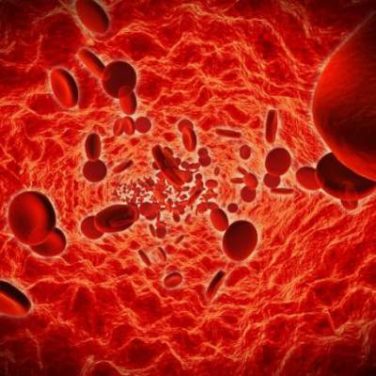FROM ARTHRITIS CARE & RESEARCH
A small study of the discussions of biologic treatment options between rheumatoid arthritis patients and their rheumatologists suggests they are limited in scope and may be influenced by clinicians’ preconceived notions about patient preferences.
In an analysis of video footage from office visits of 48 rheumatoid arthritis (RA) patients initiating biologics with 16 rheumatologists, only 5.6 minutes out of visits with an average duration of 15 minutes were spent discussing biologic therapy options. Postvisit interviews with patients highlighted problems in rheumatologists’ awareness of patients’ familiarity with biologic treatment options, particularly a lack of knowledge about intravenous (IV) options, according to findings from the ethnographic, observational study conducted by Nicholas Kottak, PhD, of Ethnographic Solutions LLC, and his colleagues and published in Arthritis Care & Research .
Of the 48 visits, the researchers found that subcutaneous (SC) therapy options were discussed in 45 visits and IV options were discussed in 35. In 27 of the 35 visits in which IV options were mentioned, the rheumatologists did not define or describe IV administration.
In postvisit interviews, all patients said they were previously aware that biologic therapy was available subcutaneously, but 22 entered their visit with no previous knowledge of IV options, 19 of whom remained unfamiliar after their visit.
According to the researchers, some patients said that they would prefer to receive IV biologic treatment and some would prefer SC delivery. However, all 16 participating rheumatologists thought that IV therapy would be less convenient for the patient than SC therapy, but only 22 of 48 patients said inconvenience was the main barrier to IV therapy. A total of 23 patients thought SC therapy would be easier, 17 thought IV therapy would be easier, 4 thought they would be the same, and 4 were unsure.
The way in which mode of biologic administration is discussed may also have financial implications, particularly for Medicare patients. “During 26 visits with Medicare patients, IV and SC therapies were mentioned during 22 and 23 visits, respectively. This is noteworthy as Medicare with supplemental insurance may preferably cover IV over SC therapy, since IV therapy qualifies as a medical benefit (Part B) and SC therapy falls under pharmacy benefits (Part D),” Dr. Kottak and his associates wrote.
The conversation analysis coupled with interview responses highlighted a need for better patient education, the researchers said. Their recommendations for how that can be accomplished included:
• Preparing patients for biologic therapy at an earlier disease stage.
• Providing educational tools such as pamphlets and flyers.
• Increasing time spent with the patient and/or including nurse practitioners and physician assistants in the follow-up portion of the patient visit.
• Creating a treatment alliance with a patient to make the process more collaborative.
• Allowing patients to choose which biologic medication they start with while emphasizing the potential for positive outcomes and relative safety.
• Researching shared decision making between patients and physicians in a randomized, outcomes-based setting.
Janssen provided funding for the study as well as the writing of the report. Ethnographic Solutions received financial compensation from Janssen. Three of the six authors are employees of Janssen. The other researchers reported various financial disclosures, including, but not limited to, stock ownership, speaking fees, and advisory board positions.
SOURCE: Kottak N et al. Arthritis Care Res. 2018 Feb 5. doi: 10/1002/acr.23527






